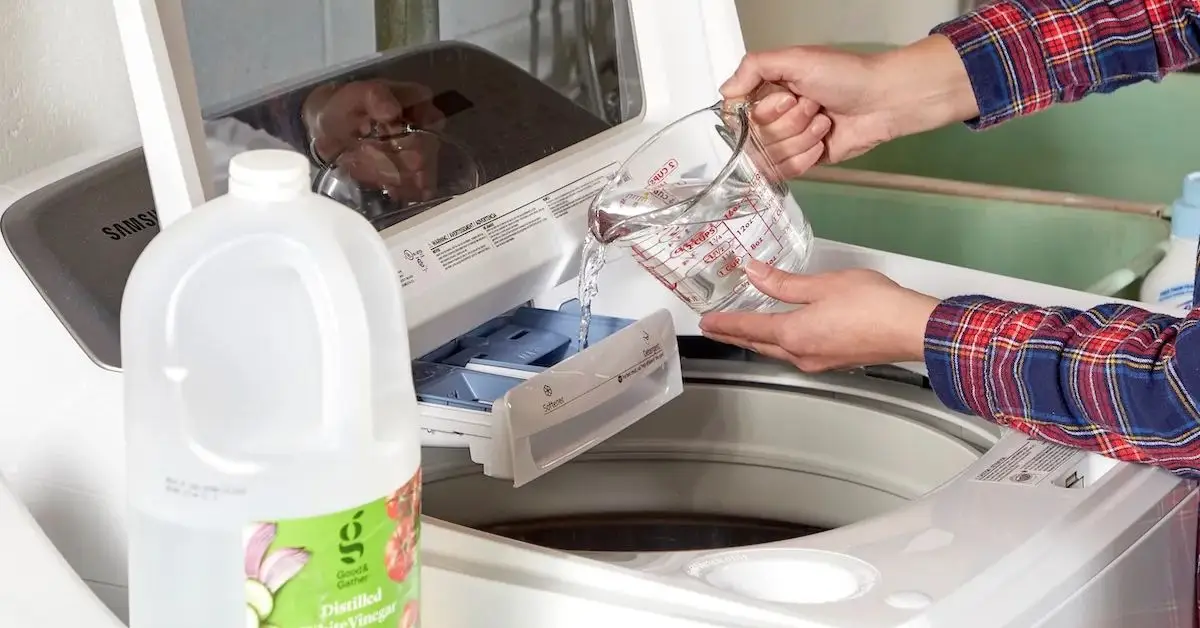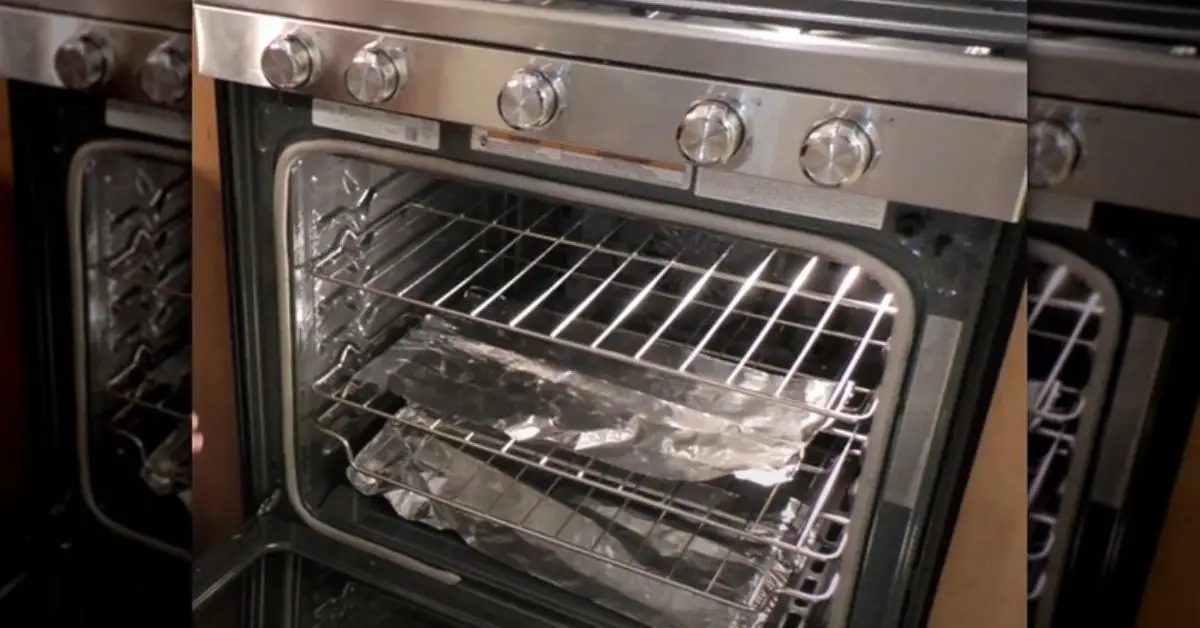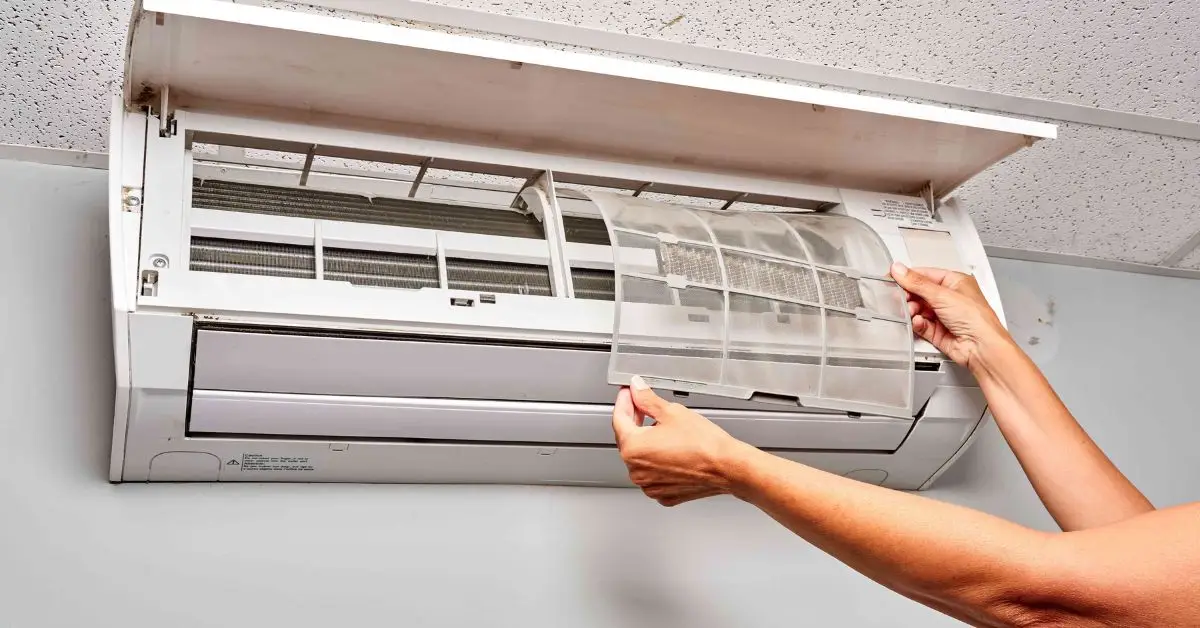Save Money! 10 Best Ways to Extend the Lifespan of Your Appliances
It usually starts small. The fridge runs a little louder, the washer smells off, the dryer takes one extra cycle. You ignore it… until a surprise repair wipes out your weekend and your wallet.
Here’s the truth: home appliance maintenance isn’t a chore list—it’s insurance you control. A few five-minute habits can keep motors cooler, seals tighter, vents cleaner, and your power bill lower. No special tools. No tech visit. Just simple steps you can repeat.
In this guide, I’ll show you ten easy, low-effort hacks you can slot into a monthly routine. We’ll keep it practical (what to do, how often, and why it works), grounded in manufacturer best practices and energy-efficiency guidance, and focused on what actually prevents breakdowns—not internet myths.
By the end, you’ll know exactly where to start, what to skip, and how to extend the life of the machines you rely on every day—while saving real money over time.
Quick question before we dive in: which appliance is giving you the most trouble right now?
Hack #1 – Refrigerator: Clean Coils & Check Door Seals
Your fridge works 24/7, and yet most of us forget it even needs care. The truth is, dirty coils and loose door seals make the motor work harder, burn more electricity, and cut years off its life.
Here’s what you should do:
- Vacuum the coils every 6 months – Pull the fridge slightly forward, unplug it, and gently vacuum the coils at the back or underneath. This keeps the compressor from overheating.
- Check the door seals with the dollar bill trick – Close the fridge door on a dollar bill (or any thin paper). If it slides out easily, your seal is leaking cold air. Time to replace it.
- Energy savings – According to ENERGY STAR, just keeping your refrigerator coils clean can save you up to 30% in energy use each year. That’s real money back in your pocket.
Think of it this way: ten minutes of coil cleaning equals months of smoother performance and lower bills.
Hack #2 – Washing Machine: Don’t Overload & Use Vinegar Rinse

I know it’s tempting to stuff in that extra set of towels, but overloading your washer stresses the motor, wears out the suspension, and leaves clothes poorly cleaned. Over time, this habit is what kills machines faster than anything else.
Here’s how to keep yours healthy:
- Load smartly – Leave a hand’s width of space at the top of the drum. This gives your clothes room to move freely.
- Do a vinegar rinse once a month – Run an empty hot cycle with one cup of white vinegar. It clears soap scum, mineral deposits, and odor-causing bacteria.
Your washer will not only smell fresher, but it’ll also spin more efficiently and last much longer. If you’re already focusing on efficiency, you should also know that some appliances should never be run at the same time because it can overload your system and waste energy.
Hack #3 – Dryer: Clean Lint Filter & Vent Pipe Regularly
Dryers are the silent troublemakers in a home. Did you know clogged dryer vents cause nearly 2,900 home fires every year in the U.S.? That’s not just about wasted energy—it’s about safety.
Here’s your simple routine:
- Clean the lint filter after every load – A 5-second habit that keeps air flowing freely.
- Vacuum the vent pipe every 6 months – Disconnect the pipe at the back, shake out lint, and vacuum deep inside.
- Look for warning signs – Clothes taking longer than usual to dry = clogged vent.
A clean dryer isn’t just efficient—it’s safe. That peace of mind is worth the extra ten minutes of effort. And while we’re on the topic of home safety, don’t ignore your wiring—sometimes even a light switch can be risky. Here are 5 warning signs your light switch could be a fire hazard that every homeowner should check.
Hack #4 – Dishwasher: Use Hot Water + Clean Filters
Dishwashers are time-savers, but without care, they start leaving cloudy glasses and half-clean plates. Most fixes take just minutes.
What to do:
- Pre-run hot water: Let your kitchen faucet run hot for 30–60 seconds before switching on the dishwasher. This ensures the machine starts with steaming water for better cleaning.
- Clean the filter monthly: Pull out the filter at the bottom, rinse under warm water, and scrub lightly with a toothbrush. It stops food particles from clogging the spray arms.
- Deodorize weekly: Sprinkle a spoon of baking soda at the bottom and run a quick rinse cycle. It kills odors and keeps your machine smelling fresh.
Just five minutes of care keeps dishes spotless and your dishwasher efficient.
Hack #5 – Oven & Stove: Avoid Foil Liners, Wipe Spills Early

Aluminum foil may seem like a shortcut, but it blocks airflow and damages the heating elements. Over time, that can mean uneven cooking or even costly repairs.
What to do instead:
- Skip foil liners: They trap heat and can warp your oven parts.
- Use silicone mats: Heat-proof and reusable, they safely catch drips.
- Wipe spills right away: After cooking, wipe fresh spills once the oven cools slightly. Quick wipes prevent stubborn buildup later.
Small habits save you from hours of scrubbing and keep your oven heating evenly.
Hack #6 – Microwave: Steam Clean with Lemon Water
Microwaves collect grease, stains, and odors quickly—but the easiest way to clean doesn’t involve chemicals.
What to do:
- Make a lemon steam bowl: Fill a microwave-safe bowl with one cup of water and lemon slices (or lemon juice).
- Run for 2–3 minutes: Let it boil until steam fills the interior.
- Let it sit: Keep the door closed for one extra minute to let steam loosen grime.
- Wipe clean: Use a cloth to wipe everything down easily.
- Bonus: The lemon leaves behind a natural citrus scent.
As The Spruce points out, small cleaning habits like this also save energy by keeping appliances running efficiently.
In less than five minutes, you’ll have a microwave that looks—and smells—brand new.
Hack #7 – Coffee Maker: Descale with Vinegar Every 2 Months
Your morning coffee tastes bitter? That’s not the beans—it’s the machine. Hard water leaves behind mineral deposits that clog the system, force the pump to work harder, and cut the life of your brewer short.
What to do:
- Run a vinegar cycle every 2 months: Fill the reservoir with equal parts vinegar and water, then run a brew cycle. Flush with fresh water twice afterward to remove the smell.
- Eco-friendly bonus: Vinegar works as well as chemical descalers, but without the cost or harsh residue.
- Don’t ignore it: A neglected coffee maker can break down years earlier than it should.
Think of it as a spa day for your coffee maker—cheap, natural, and life-extending.
Hack #8 – Air Conditioner: Replace Filters & Clear Outdoor Unit

ACs are the biggest energy guzzlers in your home. Dirty filters not only strain the motor but also spike your electricity bills.
What to do:
- Replace or clean filters every 1–2 months: A clean filter improves airflow, keeps indoor air healthier, and reduces energy waste.
- Clear the outdoor unit: Remove leaves, dust, and debris around the condenser so it can “breathe.” A two-foot clearance is ideal.
- Energy savings: According to the U.S. Department of Energy, regular AC filter maintenance can cut energy use by up to 15%.
A 5-minute filter swap can mean hundreds of dollars saved each summer.
Hack #9 – Small Appliances: Use Surge Protectors
We often forget that small gadgets—blenders, toasters, microwaves—are just as vulnerable to sudden power spikes. One surge and they’re fried.
What to do:
- Use surge protectors: A $15 protector can save appliances worth hundreds.
- Smart plug upgrade: Add a timer plug to automatically shut off devices at night, reducing standby power waste.
- Extra tip: Check Amazon’s best-seller lists for budget-friendly, high-rated options with warranty coverage.
It’s a small investment for peace of mind and eco-friendly savings.
Hack #10 – Create a Simple Appliance Care Calendar
The easiest way to stay on track is to make maintenance part of your routine. Treat it like a health checkup for your machines.
Quick calendar to follow:
- Weekly: Wipe down surfaces, empty toaster crumbs, clean microwave splatters.
- Monthly: Rinse dishwasher and washer filters, run vinegar cycles, deodorize appliances.
- Yearly: Deep clean fridge coils, vacuum dryer vents, service your AC.
With a care calendar, you’ll never wonder “when did I last clean that?”—and your appliances will thank you with years of extra life.
Cost & Energy Savings You’ll Notice
The best part of appliance care isn’t just fewer breakdowns—it’s the money you save along the way. Regular upkeep means your machines run at peak efficiency instead of wasting energy.
- Average annual savings: Simple maintenance can save you $100–200 every year in avoided repairs and lower energy bills.
- Eco-friendly bonus: Efficient appliances use less electricity and water, cutting down your household’s environmental footprint.
- Real-life payoff: Think of it like this—spending minutes on prevention now saves you hours of frustration (and hundreds of dollars) later.
Maintenance isn’t just about keeping appliances alive—it’s about keeping your wallet and the planet healthier. Beyond regular maintenance, you can save even more money by learning which appliances to unplug right now to cut your electric bill—a simple trick that pairs perfectly with these hacks.
Final Thoughts – Small Habits, Big Payoff
These 10 hacks may look simple, but together they can double the lifespan of your appliances while keeping your bills down. A coil vacuum here, a vinegar rinse there—it all adds up.
If you spend just 10 minutes a week, you’ll save years of appliance life and avoid those dreaded emergency repair calls.
What about you? Which appliance are you planning to tackle first? Share your thoughts and hacks in the comments below.
Want more smart, money-saving home tips? Visit Build Like New for guides that help you extend the life of everything under your roof.
Disclaimer: The maintenance tips shared in this article are for general informational purposes only. Always follow your appliance manufacturer’s instructions and safety guidelines before attempting any cleaning or repairs.


